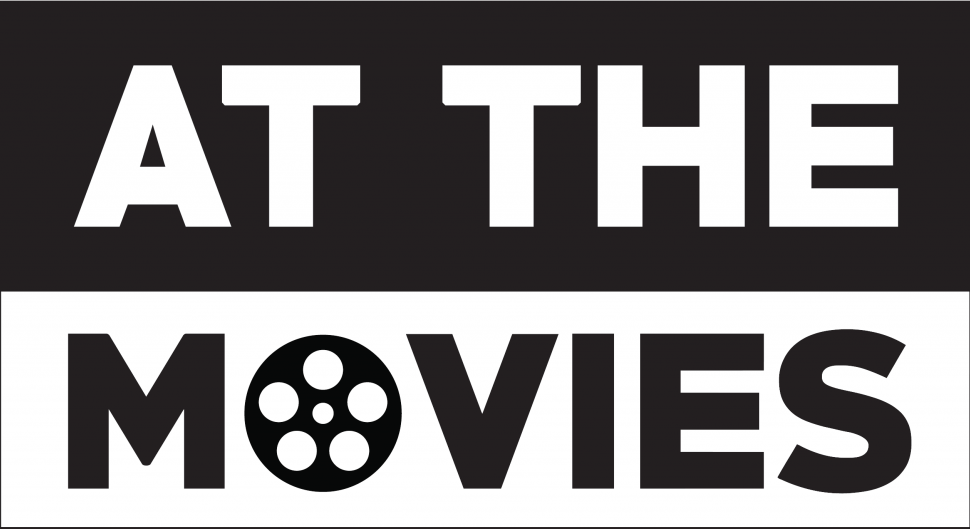Kelly Port was nominated for Best Visual Effects for his work in Avengers: Infinity War. His work influenced the film and its true use of visual effects. Port speaks on his nomination and the future of visual effects in the film industry.
ATM: How did you go about carrying out your responsibilities?
KP: The responsibilities on this film were organized as such: The Russo brothers are the directors. Dan DeLeeuw was the overall visual effects supervisor for Marvel Studios. Dan and his team would give notes to all the visual effects houses from the director and himself. I would then contribute my added thoughts to a specific environment or character. I work with my team at Digital Domain, which is quite big. We had a team of 300 people working on it for a few years.
It is a long process of back and forth and collaboration. You are sending material back and forth; getting it reviewed and making adjustments.
ATM: What can you reflect on the creative atmosphere if visual effects were not implemented in this film?
KP: Without visual effects, this movie would not have been made. The stories could not have been told. Out of 2700 total shots, I think there are only 80 shots in the film that did not have any visual effects. Over 97% of the movie had a visual effect component in it. The story and the film could be not told without visual effects.
ATM: How does the visual effects continue the storytelling in a brilliant way?
KP: Visual Effects enable all storytelling from a filmmaker perspective. It opens the possibility for any story to be told, which is an exciting time to be in. We are at a stage where there is nothing visual effects cannot do when given enough time and resources. It is only limited by imagination, coming up with a story and a script. We are at a place right now with the technology of visual effects that any story can be told beautifully.

ATM: Do you think the infinite nature that is seen with visual effects in this movie is the same as the infinite nature in the ambition level of the characters?
KP: The technology of visual effects can be used to tell stories. Of course, the stories have to be driven and told by writers who are guiding us in this creativity. In how they want us to tell this creative story. This is the creative process. For example, on Thanos, played by Josh Brolin, we used technology that was innovative for this particular project that was not used on a film before. This was being able to take the performance Josh Brolin and capture it with accuracy that had not been done before. It was important for this main villain character that we capture him at a high resolution and high-fidelity performance. We wanted to capture as much of this as possible.
ATM: How does your Academy nomination highlight the hard work you put into this film?
KP: It certainly makes me proud. It is exciting as you can imagine. I know that deep down this was a huge collaborative effort. My team at Digital Domain are so talented. We have so many different departments and each of them is amazingly skilled at what they do. It reflects nicely on us as a team. We all work together to make these creations, and we are proud of the work.
ATM: What skills you are going to add with your future work after this nomination?
KP: Skills are added with every new project. This is partly why I love this job and this role. Things are constantly changing both in terms of technology and collaborating with new people.
New problems to critically and technically solve. I look forward to solving the next big problem.
ATM: If holograms became the norm, possible Academy nomination, then how would this persuade viewers to watch more?
KP: There will be new forms of storytelling. You have virtual reality, live shows like holograms, traditional filmmaking shown in 3d stereo or in wider scenes. They are all different forms of telling a story and all have their different merits. I do see traditional films staying around for a long time as a more organized form of storytelling. Virtual reality is more exploratory, and the viewers are immersed in the storytelling. Traditionally, filmmaking is a more focused approach where the storyteller, in this case, the director, is making creative choices in edits, close-ups, and wide shots. They are forcing you to consume, listen, and watch the story. They write it very specific to their intent.
ATM: How would the new technology impact your curiosity and performance for your job?
KP: I have always been curious and do not see this going away any time soon. Even as new projects are coming up, I am already exploring and playing around with new ideas and techniques. It is unknown. This is what’s exciting and what I look forward to.





